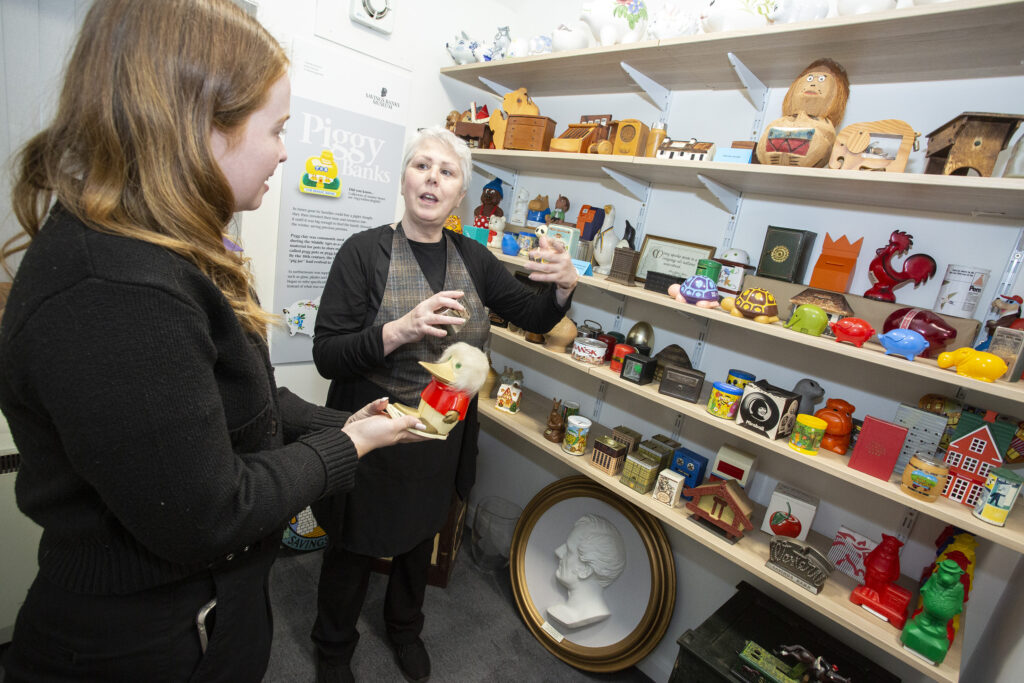Enjoy this article?
Most Museums Journal content is only available to members. Join the MA to get full access to the latest thinking and trends from across the sector, case studies and best practice advice.

Located in Ruthwell, a small village in Dumfries and Galloway, this humble cottage is the birthplace of the global savings banks movement. “It’s housed in the former parish of Church of Scotland minister Henry Duncan, who founded the world’s first business-model savings bank on the premises,” says museum manager Mhairi Hastings.
Concerned about his starving parishioners, Duncan obtained a derelict building from the Earl of Mansfield and refurbished it to act as a grain store and meeting place. He started a revolution when he established a parish savings bank in 1810 to encourage his community to put money away for times of hardship.
The bank moved in 1875, and in the mid-20th century the building transferred to the Trustee Savings Bank (TSB), which set up the museum in the early 1970s.
During the Covid lockdown, TSB decided to not reopen the museum and it came perilously close to shutting for good, before being rescued by the owners of the nearby Annandale whisky distillery, Teresa Church and David Thomson.
Coincidentally, they had recently bought Comlongon Castle, which once belonged to the Earl of Mansfield. “The story of the museum’s ownership has gone full circle, and it is now back where it started, although there have been many changes over the more than 200-year history,” says Hastings.
The museum holds original artefacts from the time of the original Ruthwell Parish Bank. “We also house an extensive collection of home safes, or piggy banks,” says Hastings. “The museum recently acquired an Albion proofing press dating from the mid-19th century, which further illustrates the story of Henry’s life and interests.”
“The star exhibit is the collection of more than 300 piggy banks, although the new printing press is also proving to be a great winner with visitors,” says Hastings.

There is a small team of staff at the museum. “Every visitor is given a bespoke guided tour, which covers all the aspects of Henry Duncan’s life,” says Hastings. “Apart from father of the savings banks movement, he was an artist, antiquarian, author, founder of two local newspapers, and moderator of the general assembly of the Church of Scotland.”
“We could have lost the museum altogether, before the new owners stepped in to rescue the building and the collection,” says Hastings.
Find owners who are engaged in the museum, says Hastings. “I cannot thank David and Teresa enough for the support and encouragement they give. Rescuing something so important in the history of Scotland and banking and ensuring its legacy is around for the future has been the most important part of the story.”
There is a plan to recreate how Ruthwell Parish Bank looked in the early 19th century. “We need to do it properly,” says Hastings. “So it will be in sympathy with the age of the building and the story it tells.”
Most Museums Journal content is only available to members. Join the MA to get full access to the latest thinking and trends from across the sector, case studies and best practice advice.